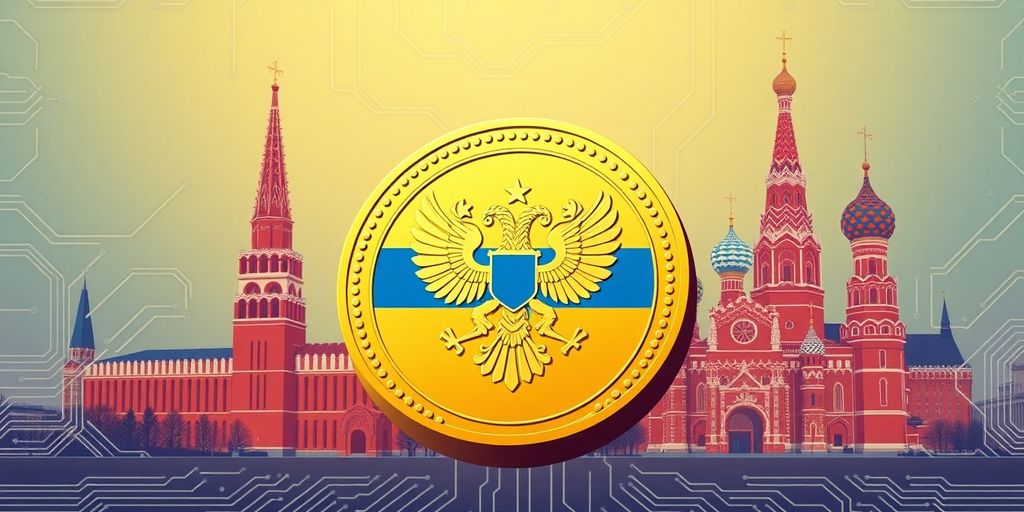A recent statement from a Russian finance ministry official has sparked discussions about the potential development of a national stablecoin. This move comes in response to the freezing of wallets linked to the sanctioned Russian exchange Garantex by U.S. authorities and Tether, a major stablecoin issuer.
Key Takeaways
- Russian officials are exploring the creation of a stablecoin to mitigate risks from international sanctions.
- The proposal follows the freezing of Garantex’s assets by U.S. authorities due to alleged money laundering activities.
- The stablecoin could be pegged to various currencies, providing Russia with a more stable financial instrument.
Background on Garantex Sanctions
The U.S. Department of Justice, in collaboration with German and Finnish authorities, recently froze domains associated with Garantex, which has been accused of processing over $96 billion in criminal proceeds since its inception in 2019. This action included the freezing of $27 million worth of Tether’s USDT, which forced Garantex to halt all operations, including withdrawals.
The sanctions against Garantex were first imposed in April 2022, highlighting ongoing concerns about money laundering and the use of cryptocurrencies in illicit activities. Following these developments, Garantex has reportedly attempted to re-establish itself under a new name, allegedly laundering millions in ruble-backed stablecoins.
The Proposal for a Russian Stablecoin
Osman Kabaloev, the Deputy Director of the Financial Policy Department at Russia’s Finance Ministry, emphasized the need for Russia to develop its own stablecoin. He stated, "We do not impose restrictions on the use of stablecoins within the experimental legal regime. Recent developments have shown that this instrument can pose risks for us."
Kabaloev’s comments suggest that the Kremlin is considering a stablecoin similar to Tether’s USDT, which could be pegged to various currencies. This initiative aims to create a more secure financial instrument that could help Russia navigate the complexities of international sanctions and financial restrictions.
Broader Implications for Russian Cryptocurrency Policy
The discussion around a national stablecoin is part of a larger trend in Russia’s approach to cryptocurrency. Recently, Evgeny Masharov, a member of the Russian Civic Chamber, proposed the creation of a government crypto fund that would include assets confiscated from criminal proceedings. This indicates a shift towards recognizing and regulating cryptocurrency within the country.
Additionally, Russian officials are working on new legislation to recognize cryptocurrencies as property for criminal procedure purposes, further integrating digital currencies into the legal framework.
The Growing Stablecoin Market
The stablecoin market has seen significant growth, with its total market capitalization surpassing $200 billion in early 2025. A report from on-chain analysis platforms revealed that active stablecoin wallets increased by over 50% in just one year. The adoption of stablecoins has surged, driven by their use in various financial applications, including trading bots, with total volumes reaching $27.6 trillion, surpassing the combined volumes of major credit card companies.
As Russia contemplates its own stablecoin, the global landscape of digital currencies continues to evolve, presenting both opportunities and challenges for nations navigating the complexities of cryptocurrency regulation and international finance.








